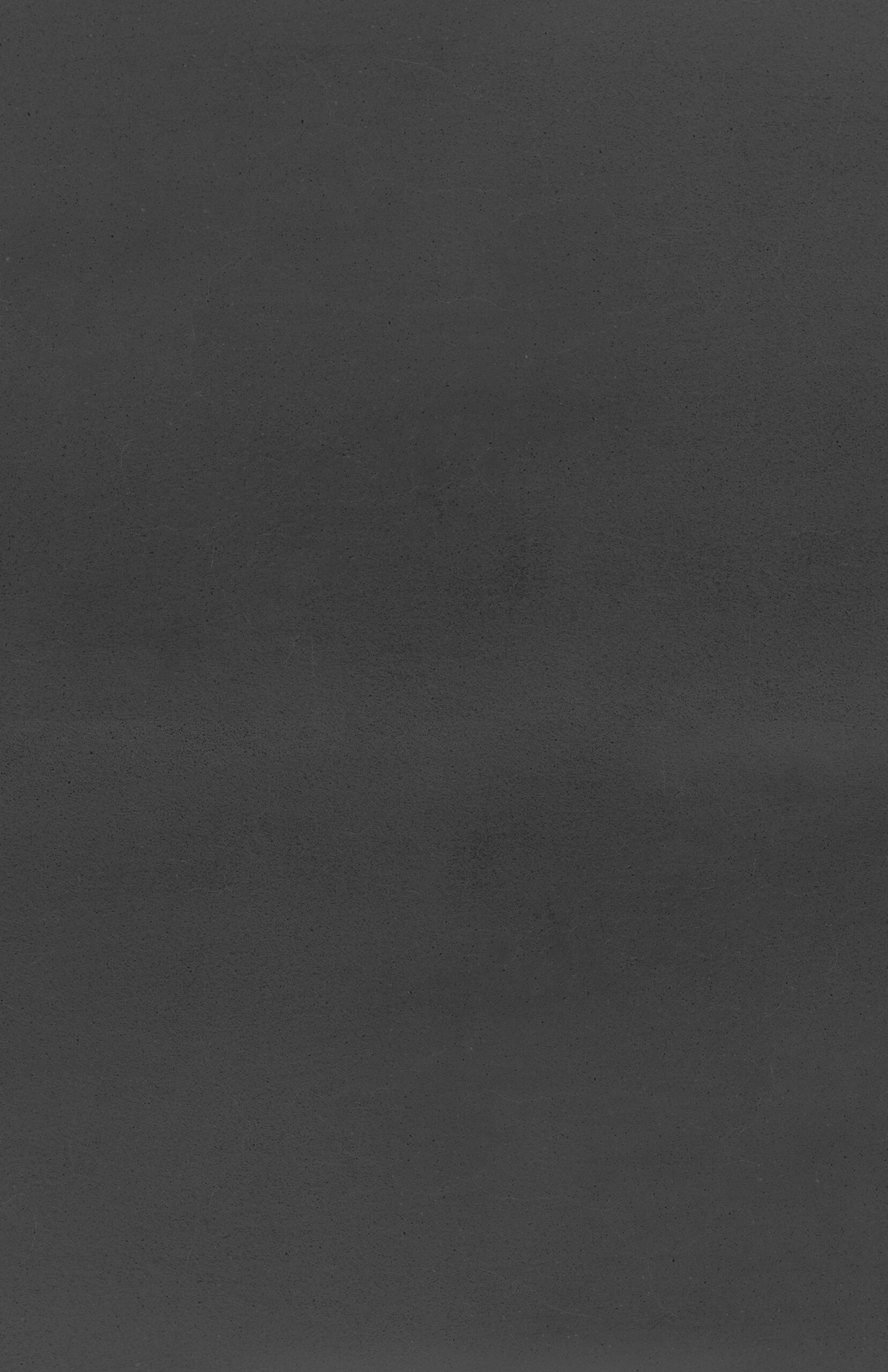
Does Concrete Burn?
Posted By:Dynamic Concrete Pumping , Date: Nov 10, 2020

Though you might not feel it on initial contact, concrete can still result in significant, painful burns or damage to the skin and other parts of the body. This is because concrete is caustic and its effects are slow to appear. If it comes in contact with skin or is inhaled, it creates chemical burns that may not appear for hours or days.
What Is a Concrete Burn?
Concrete burns can have an array of effects due to the nature of concrete. Cement itself is highly alkaline, and concrete contains abrasive aggregates that can cause small cuts. In addition, it can be in a powder format, so inhalation is possible.
With these different characteristics, concrete burns present themselves in a multitude of ways, such as redness, swelling, blistering, bleeding, itching and discoloration. If inhaled or swallowed, it can also present internal problems such as vomiting, coughing and difficulty swallowing or breathing. Skin irritation often gets worse before it gets better, due to the alkaline nature of the material.
If the cement is left for an extended period of time, concrete burns can also damage the muscle or bone.
How Do Concrete Burns Occur?
Concrete burns occur when concrete comes into contact with the skin. Typically, prolonged skin contact is due to concrete becoming trapped under gloves or clothing.
Concrete burns get worse the longer the concrete is left in contact with the body. Quite often, by the time the burn is noticed, it’s already quite severe. Keeping it off the skin is vital. Concrete powder can also be inhaled or swallowed and may lead to respiratory and gastrointestinal issues.
How to Treat a Concrete Burn
Cement burn treatment must be done carefully and must keep the alkalinity in mind. Anyone conducting first-aid should be notified that the burn is from cement. Certain treatments, such as some ointments, could trap the corrosive materials against the skin.
Here’s how concrete burn treatment should be done for the different types:
- Inhalation: Move away from the source of the concrete and get lots of fresh air.
- Swallowing: Rinse the lips and mouth thoroughly and contact a doctor if symptoms arise.
- Skin contact: Remove any contaminated clothes and rinse the area with cool water for at least 15 minutes.
If symptoms are severe or persist, contact a doctor.
Concrete Burn Prevention
To prevent concrete burns, there are several things you can do. Get in the habit of washing your hands a lot, such as before taking breaks at work, with pH-neutral soap. It’s especially important to do this before putting on gloves. If you don’t, you can trap concrete particles on your hands between the gloves and your skin. Accessories like jewelry and watches can also do this.
Work clothes can pick up lots of concrete powder, so try to keep them separate from your other clothes and change out of them before entering your vehicle. Otherwise, you risk bringing the powder home or into your car.
While concrete burns are decidedly serious, they can be avoided with the right practices and some vigilance.

